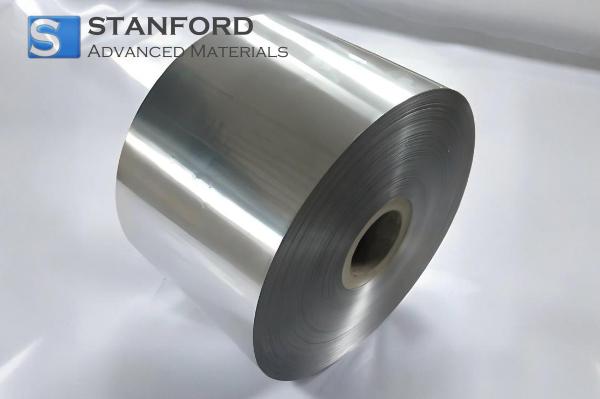Hafnium: Element Properties And Uses
Description
Hafnium is a lustrous transition metal that resists corrosion. It is used in nuclear reactors, semiconductor manufacturing and high‐performance alloys. Its high neutron absorption and thermal stability make it essential for industrial and technological applications.
Introduction to the Element
Hafnium is a transition metal with an atomic number of 72. Its atomic structure endows it with properties that have been rigorously examined by chemists and engineers. Since hafnium is often found in nature alongside Zirconium, it is the subject of extensive scientific study owing to its relative scarcity and distinct properties. Hafnium demonstrates notable stability and corrosion resistance, attributes that are required for materials exposed to extreme conditions.
Description of the Chemical Properties
Hafnium exhibits a range of chemical properties that set it apart from many other transition metals. It shows a strong affinity for oxygen, which results in the formation of stable oxide layers. These oxides resist chemical attack and protect the metal in corrosive environments.
Hafnium is generally unreactive at room temperature but can form a variety of compounds under more extreme conditions. Its chemical inertness, combined with high melting and boiling points, makes it a useful material for applications where longevity and reliability are required.
Table of Physical Properties
|
Property |
Value |
Description |
|
Atomic Number |
72 |
Indicates the number of protons in the atom's nucleus |
|
Atomic Mass |
~178.49 u |
Represents the average mass of hafnium atoms |
|
Melting Point |
2233 °C |
The temperature at which hafnium transitions from a solid to a liquid state |
|
Boiling Point |
4602 °C |
The temperature at which hafnium transitions from a liquid to a gaseous state |
|
Density |
13.31 g/cm³ |
Measures the mass per unit volume in its solid form |
Further information is available at Stanford Advanced Materials (SAM).
Common Uses
Owing to its specific properties, hafnium is employed in various industries. One well‐established application is in the manufacture of control rods for nuclear reactors. Its high neutron absorption capacity facilitates the regulation of nuclear reactions, thereby contributing to secure and efficient energy production.
In addition, hafnium is used in the production of high‐performance alloys that must operate reliably under extreme temperatures and pressures. The electronics sector benefits from hafnium, which is a principal component of semiconductor devices; its dielectric characteristics help to enhance device performance. Many high‐temperature structural applications and aerospace components incorporate alloys containing hafnium to maintain durability and resistance to thermal stress.
Preparation Methods
The extraction and purification of hafnium typically involves several complex procedures. Given that hafnium is found naturally together with zirconium, the initial steps generally involve treating mineral ores to separate the two elements. Thereafter, chemical separation processes are applied to isolate hafnium from zirconium, with strict control of the reaction conditions.
Frequently Asked Questions
What is the primary use of hafnium?
Hafnium is primarily used in control rods for nuclear reactors, high‐performance alloys and semiconductor devices.
How is hafnium separated from zirconium?
Hafnium is typically isolated from zirconium ores using chemical separation methods that exploit slight differences in their chemical behaviour.
What makes hafnium chemically distinct?
Hafnium is chemically distinct because it forms stable oxides under extreme conditions and exhibits notable corrosion resistance.
Can hafnium be utilised in everyday applications?
Although hafnium is generally reserved for specialised industrial and high‐tech applications, its use in the electronics sector indirectly benefits everyday technology.
Which sectors benefit most from hafnium?
Sectors such as nuclear energy, aerospace and electronics benefit from hafnium due to its specific chemical and physical properties.

 Bars
Bars
 Beads & Spheres
Beads & Spheres
 Bolts & Nuts
Bolts & Nuts
 Crucibles
Crucibles
 Discs
Discs
 Fibers & Fabrics
Fibers & Fabrics
 Films
Films
 Flake
Flake
 Foams
Foams
 Foil
Foil
 Granules
Granules
 Honeycombs
Honeycombs
 Ink
Ink
 Laminate
Laminate
 Lumps
Lumps
 Meshes
Meshes
 Metallised Film
Metallised Film
 Plate
Plate
 Powders
Powders
 Rod
Rod
 Sheets
Sheets
 Single Crystals
Single Crystals
 Sputtering Target
Sputtering Target
 Tubes
Tubes
 Washer
Washer
 Wires
Wires
 Converters & Calculators
Converters & Calculators
 Write for Us
Write for Us




 Chin Trento
Chin Trento



